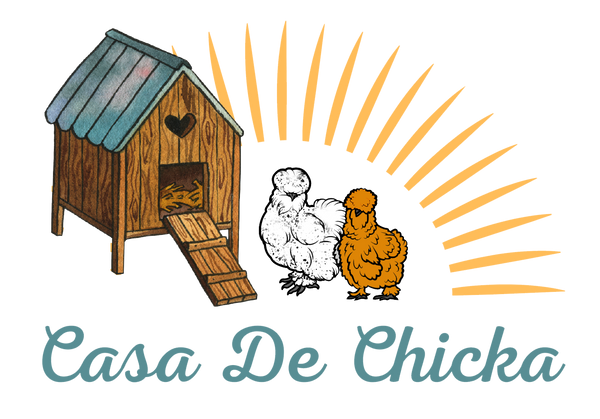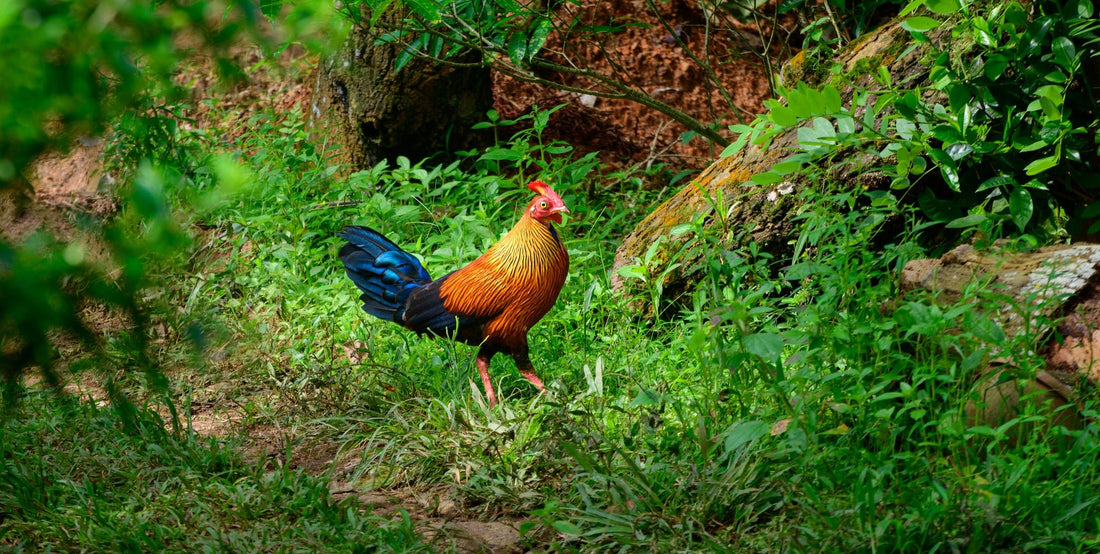The domesticated chicken, Gallus gallus domesticus, is one of the most widespread and economically important poultry species in the world. But what are the origins of this ubiquitous bird? To understand the ancestry of the domesticated chicken, researchers have turned to its closest wild relative, the Grey Junglefowl (Gallus sonneratii). In this fascinating exploration, we delve into the genetic relationship between Grey Junglefowl and domesticated chickens, uncovering clues about their shared ancestry and evolutionary history.
The Grey Junglefowl: A Wild Relative
The Grey Junglefowl, native to South and Southeast Asia, is one of several wild species within the genus Gallus. With its slate-gray plumage, striking red comb, and distinctive calls, the Grey Junglefowl bears a close resemblance to its domesticated counterpart. Despite living in diverse habitats ranging from forests to grasslands, Grey Junglefowl share many behavioral and physiological traits with domesticated chickens, making them an ideal candidate for studying the evolutionary origins of poultry.
Genetic Analysis: Unlocking the Secrets of Ancestry
Through advances in genetic sequencing technology, scientists have been able to compare the DNA of Grey Junglefowl and domesticated chickens to unravel their shared ancestry. Studies have revealed a high degree of genetic similarity between the two species, with domesticated chickens retaining much of the genetic diversity present in their wild ancestors. By analyzing specific regions of the genome associated with traits such as plumage color, egg production, and disease resistance, researchers have identified key genetic signatures that shed light on the domestication process and the evolutionary history of poultry.
Domestication of the Chicken: A Complex Evolutionary Journey
The domestication of the chicken is believed to have occurred around 8,000 years ago in Southeast Asia, where Grey Junglefowl were first domesticated for their meat, eggs, and feathers. Over time, selective breeding and human intervention led to the development of distinct breeds and varieties of domesticated chickens adapted to different climates and cultural preferences. Despite thousands of years of domestication, domesticated chickens retain genetic traces of their wild ancestors, reflecting the ongoing evolutionary influence of natural selection and human manipulation.
Shared Traits and Behaviors: Insights into Ancestral Characteristics
Comparative studies of Grey Junglefowl and domesticated chickens have revealed fascinating insights into their shared traits and behaviors. Both species exhibit similar social structures, mating rituals, and nesting behaviors, indicating the conservation of ancestral characteristics through domestication. Additionally, Grey Junglefowl and domesticated chickens share genetic adaptations for survival in diverse environments, such as resistance to diseases and predators. By studying these shared traits, scientists can gain a deeper understanding of the evolutionary forces that have shaped poultry genetics over millennia.
Conservation Implications: Protecting Genetic Diversity
Understanding the genetic relationship between Grey Junglefowl and domesticated chickens has important implications for the conservation of poultry biodiversity. As domesticated chicken populations continue to expand and genetic diversity declines, preserving the genetic heritage of wild relatives such as the Grey Junglefowl becomes increasingly vital. Conservation efforts aimed at protecting wild habitats, promoting sustainable breeding practices, and maintaining genetic diversity in domesticated chicken populations can help safeguard the ancestral lineage of poultry for future generations.
Future Directions: Exploring New Frontiers in Genetics
As technology advances and our understanding of poultry genetics deepens, new avenues of research are emerging to further elucidate the ancestry relationship between Grey Junglefowl and domesticated chickens. Future studies may focus on identifying additional genetic markers associated with specific traits and behaviors, tracing the migration patterns of early chicken populations, and investigating the genetic basis of evolutionary adaptations in poultry. By continuing to unravel the genetic tapestry of poultry, scientists can unlock valuable insights into the origins, evolution, and diversity of one of humanity's oldest domesticated animals.
A Shared Legacy of Evolution
The genetic relationship between Grey Junglefowl and domesticated chickens offers a window into the evolutionary history of poultry domestication. Through genetic analysis and comparative studies, scientists have revealed the shared ancestry and evolutionary legacy of these remarkable birds. By understanding the genetic foundations of poultry diversity, we can better appreciate the intricate interplay of natural selection, human intervention, and environmental factors that have shaped the evolution of chickens over thousands of years.

